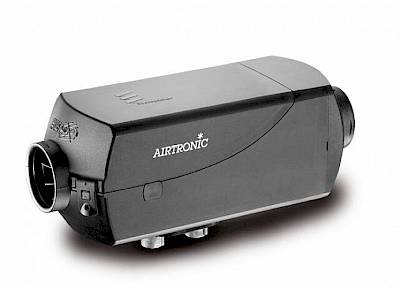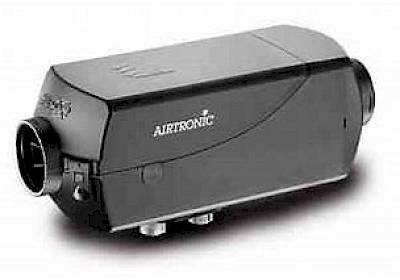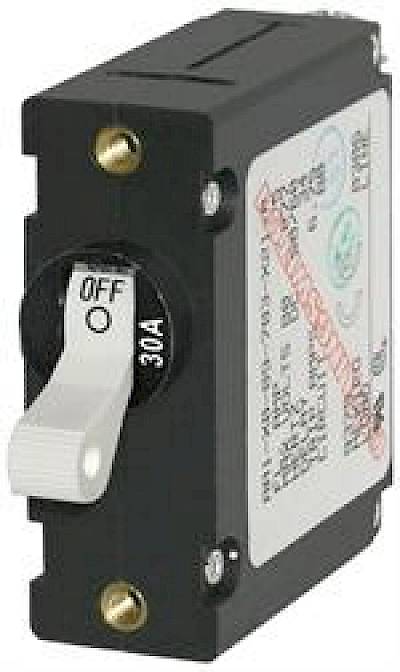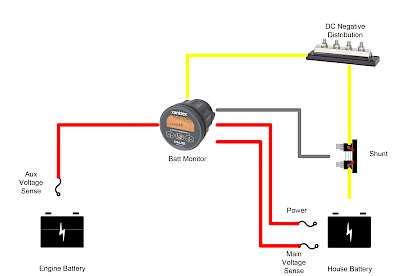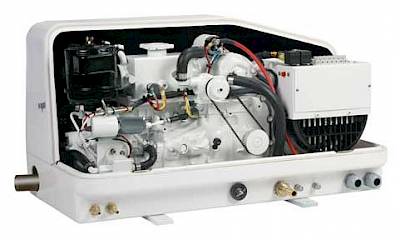
Heating System Options
Six options to help keep your boat warm this winter:
Many of our clients are fortunate enough to boat year round. The scenery during the shoulder seasons and winter is spectacular and, quite often, you will be the only boat in an anchorage. If you have considered cold weather boating but aren’t sure what heating options are available then read on. We are going to look at a few of the most popular choices.
A Word on Electric Electric heat is the easiest option, requires no exhaust venting and commonly comes with an automatic shut off if it is knocked over. Unfortunately, you must be on shore power or run your generator for these to work. Most small, 1,500-watt space heaters draw about 13 amps at 120 VAC. Running a space heater off batteries via an inverter is not realistic, since the 13 amps at 120 VAC draw translates to about 145 amps at 12 VDC. With an inverter, this extreme draw would drain six flooded golf cart batteries in one to two hours.
If you are at anchor or have no access to shore power then your options are limited to solid fuel, propane or diesel.
Solid Fuel Solid fuel stoves burn charcoal, wood, pellets, presto logs or a combination. The stove must have a flue to ensure the smoke does not stay in the boat. These stoves do not require electricity, are relatively quiet and good for an open layout. However, they take some time to heat up, the heat is hard to control, they do not usually last through the night and cleaning out the ashes from the bottom tray can be quite messy. Manufacturers warn against burning driftwood as the salt creates a mildly corrosive smoke that will shorten the life of your heater.
A good example of a solid fuel heater is the Dickenson Marine Newport, which burns charcoal briquettes, presto logs or wood and has a heat output of 3,000 to 8,000 btu/hour.
Propane Propane systems are expensive and require a lot of components to keep them safe. A propane system should have a separate tank locker sealed from the boat which is vented, top and bottom. You should also ensure that the heater has a thermocouple that provides instant shut-off if the flame is extinguished as well as an oxygen depletion device which shuts down the flame and the gas supply if the oxygen level in the cabin drops. It is also imperative that you have a propane/carbon monoxide detector installed near the heater. The system requires hoses and connectors specifically for propane. Also, propane releases more water vapour than any other fuel so condensation is a big concern. It is important to have a completely closed and vented system, placing the intake vents as far as away as possible from the exhaust vents.
Diesel Central heating systems have a boiler and run on diesel with radiators installed throughout the boat. These systems are very similar to those installed in houses and even come with a timer so you can set the heat to come on or go off at a set time. There are two main types.
- Forced air systems (airtronic) consist of a heater with a fan that runs on diesel. Ducts are run throughout the boat and heat output can be easily controlled. These systems use electric power to start and when in use.
- Forced hot water systems (hydronic) incorporate an air-to-water heat exchanger. These systems are more expensive than the forced air systems but can be plumbed to your hot water tank.
These systems use electric power to start and when in use. Power consumption varies depending on the heated space, insulation of the boat, efficiency of the fans, number of heat exchangers, and the desired temperature.
These systems are much safer than propane, provide instant heat and distribute it evenly throughout the entire boat. The most popular brands are Eberspacher (Esbar), Webasto, and Hurricane.
Stove/Heater Combos Another option is a stove/heater assembly. They are basically a diesel or kerosene stove top that is fitted with a blower to distribute the heat into the room. Systems such as the Wallas stove, are equipped with two duct inlets, which means you can draw fresh air from outside as well as air from inside the cabin to increase air circulation. These units are virtually silent and draw the lowest amount of electricity in their class.
With any of these free standing stoves and heaters, I would recommend a Caframo Ecofan. This self-powered fan can be used on surfaces with a temperature of 75ºC through 200ºC. It creates its own electricity and pushes up to 140 cubic feet per minute. They are quiet, adjust automatically to the surface temperature and are made in Canada.

Proper Ventilation On the topic of boat ventilation, I have also heard good reviews about the Nicro ventilation day/night solar vents. These small units can move up to 1,000 cubic feet per hour and refresh your cabin 24/7 by running on solar during the day, while charging a small battery to run at night. These vents retrofit existing three or four inch Nicro vent cut-outs and include an insect screen, below deck shut off damper and ship with both exhaust and intake blades so you could install a pair to create cross ventilation.
Keep in mind that any heating system that requires ventilation relies on fresh air. This is straightforward when you are at anchor and the boat is shifting with the wind, however, if you are tied to the dock or stern-tied in a bay, the wind can shift forcing the exhaust from your heating system back into your boat. If you have one of these systems onboard, it is imperative that you install a carbon monoxide detector and a fuel vapour detector.
Enjoy your winter boating!
About the author: Jeff Cote is the owner of Pacific Yacht Systems, a full service shop delivering marine electrical and navigation solutions for recreational boats. Visit their website and blog for info and articles on marine electrical systems, projects and more: www.pysystems.ca.
Related Content






 $1,531.37
$1,531.37 $1,111.45
$1,111.45

